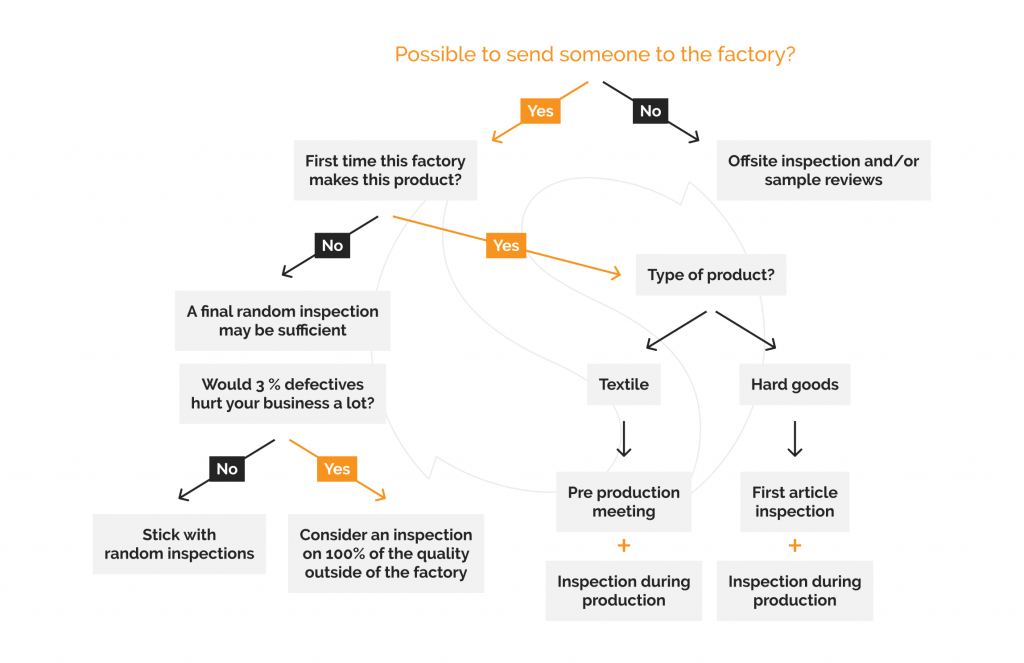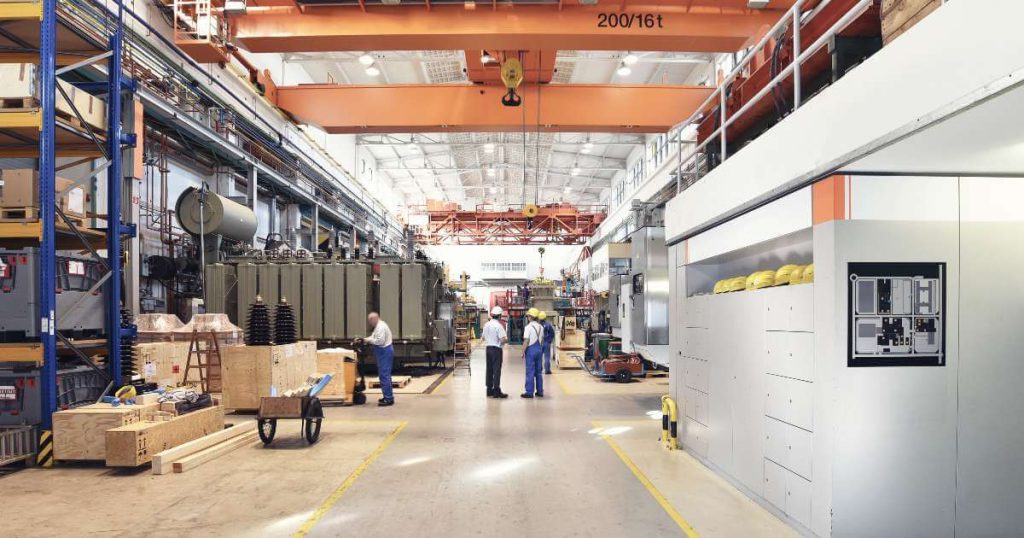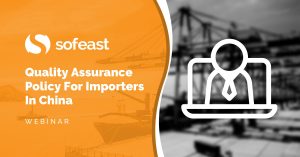If you purchase products from an overseas supplier that you don’t know well, and you can’t be there, you might want to contact an inspection agency to handle inspecting product quality on your behalf.
But you need to give them direction on WHEN to go to the factory and WHAT to check.
I tried to summarize it in this flow chart:

Here are some suggestions for your inspection options for the scenarios that apply to many importers’ situations when inspecting product quality that you can see in the flow chart above:
What if you can’t get to / are not allowed on-site at a supplier’s factory?
First, of course, if going to the factory is not an option, an on-site job is not going to be possible. This has come up repeatedly since the start of the COVID pandemic. But it doesn’t mean there is no way to check product quality:
- A few samples can be sent for review;
- A live video call can guide the factory staff through a few steps, giving the buyer assurance that the main requirements have been met.
Is this the first time the supplier has produced this product?
The second major question is, is it the first time for this factory to make this product?
If it is, there are inherent risks. In most cases, it is in the buyer’s interest to send an inspector there early and be inspecting product quality at an early stage. The idea is “help the factory get it right” rather than “catch defects and reject the batch”.
For garments and other soft goods, a common approach is to do a “pre-production meeting” on the day the products start to be sewn, to provide immediate feedback. It is generally followed, a few days later, by an inspection of finished products during production (when about 10 to 30% of the total quantity has been completed).
When it comes to hard lines in general, there is less of a “standard” approach, but I often advocate for a first article inspection (FAI), followed by an inspection 4-7 days later to confirm that all is still going well.
The purpose of the P-P meeting and the FAI is the same: confirm that all is clear for the factory, clarify the upcoming schedule if needed, detect issues as early as possible, and in case there are issues start an investigation that will lead to counter-measure(s).
Now, does it mean you can skip the final random inspection? If very few issues were found in earlier inspections, and if risks of packaging mistakes are low, why not?
In all other cases, if the cost is not totally out of line with the budget, go ahead and do the final inspection.
What if the factory has previously been making this product?
If this factory has a history of making this product at an acceptable quality standard, you don’t need to follow up that closely. Unless, of course, the amount of money at stake is quite large, or you are incurring a very high amount of liability if some products do not conform to your requirements.
If you simply purchase an off-the-shelf consumer product, and if your first order is not in a large amount, you might want to do only a final inspection.
Are you unable to tolerate many defects at all?
The last major question is, can you tolerate 2% or 3% of defective goods in a shipment?
If you can’t, then you have to plan for it from the start. It is very, very difficult to find a good T-shirt manufacturer that will be interested in cutting & sewing an order of 500 pieces and that will keep the proportion of defectives under 1%. Same thing for Christmas toys made in Yiwu. Just accept it’s not realistic.
If you can’t work with a very good manufacturer but you can’t accept their output, what to do?
In such a case, you need to have an independent team check 100% of their products and sort out the defectives. It may be cheaper outside of the factory. And it might save you money, as I wrote before.
Keep reading about quality inspections…
For more information on this general topic, you can read these articles:
Quality Assurance Policy For Importers In China [Webinar]
What is the 80/20 rule when it comes to QC in China? The answer is building a strong quality assurance policy of your own.
In this webinar, we’re going to explore key challenges facing importers from China, and the elements that compose a really solid, effective quality assurance policy.
Improving your quality assurance will help avoid poor quality products from hurting your business. Hit the button below to register to watch the webinar!


